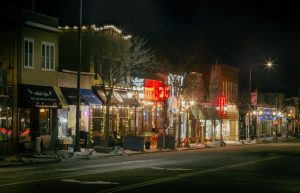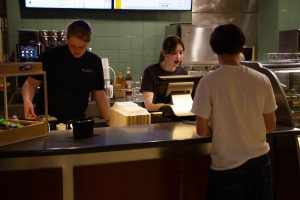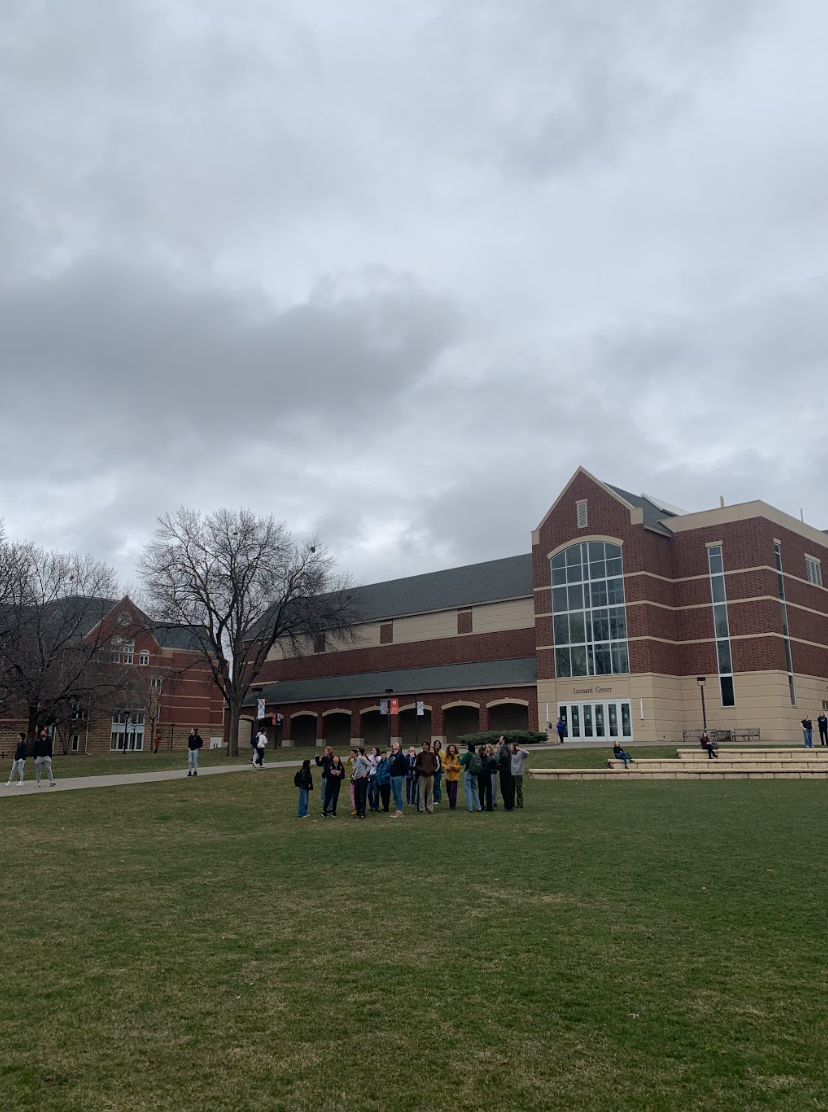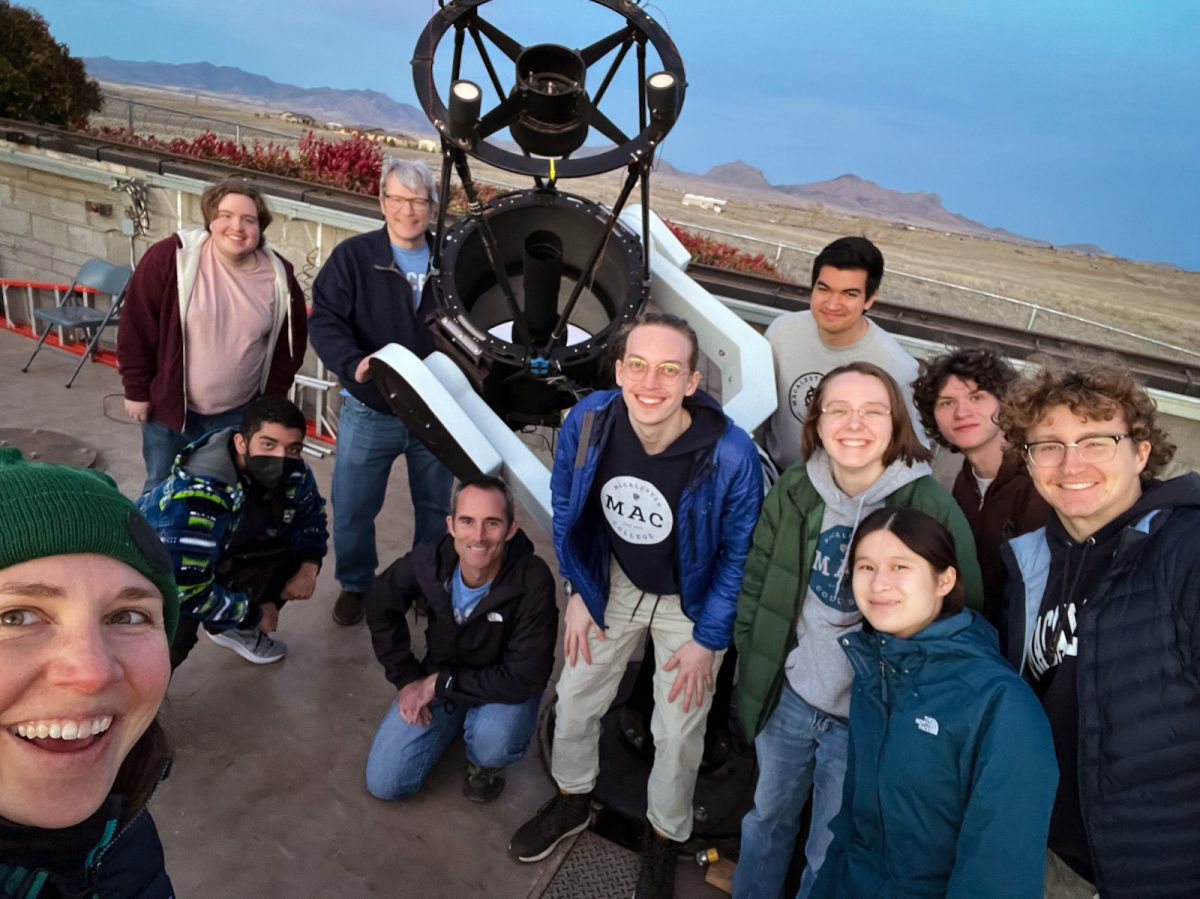The intersection of class, race and food privilege is an often neglected aspect of mainstream environmentalism that Macalester as a community is closer to than we may like to think.
Much of the progressive food movement today, at Macalester and across much of popular media, has been focused on “sustainability.” This vague term translates to the incorporation of traditional agricultural methods, or even recycling household items. However, this sort of focus erases a much more complicated human element filled with a painful history. Environmentalism is so vast a topic that it often overshadows the current conditions by which people are affected every day.
Inequities in access to healthy, affordable food are directly tied to larger environmental feedback loops, such as the food system’s complex web. The imbalance can be partially traced to redlining, the discriminatory practice of labeling certain areas as “high financial risk;” blockbusting, convincing white homeowners to flee neighborhoods when it reaches a certain point of racial diversity; and white flight, the general dispersal of white residents from the urban core to homogeneous suburbs were common practices. The lasting impacts of such modus operandi, in addition to the continual cuts to nutritional safety nets and price-distorting subsidies for large industrial farms, have violently harmed the health and “sustainability” of some of the most vulnerable communities.
Travel 15 minutes east of Macalester and you’ll find yourself in a food desert. As of 2009, between 50 to 60 percent of East St. Paul residents live in a food desert. According to USDA standards, for an urban area like the Twin Cities, that means residents live more than a mile away from a big grocery store, like Cub or Rainbow. This spatial disparity translates to poor health, which is linked to poor student performance.
Lacking access to much-desired, nutritious food is only symptomatic of a larger problem. Viewing food deserts as part of a structurally discriminatory history helps explain why mitigating efforts like stocking corner stores with fruits and vegetables, community supported agriculture (CSA) options, and local farmer’s markets largely fail at alleviating issues of access.
The individuals most likely to find themselves in food deserts are also those with the least resources and mobility. Traveling to a grocery store takes time and money, which many working class families do not have in excess. Even when availability is resolved by stocking nearby gas stations and corner shops with health foods, the problem of access is persistent.
CSA memberships cost hundreds of dollars and often do not accept Supplemental Nutrition Assistance Program (SNAP) or other government assistance as payment. Many farmer’s markets are beginning to accept and match food stamps, but more often than not, these farmers markets are inaccessible in pricing and location as these places are logically placed in affluent areas where the clientele will pay a premium for fairtrade or organic goods.
The lack of wealthy clientele and flight of business-attracting financial resources is one of the key causes of food deserts. In the context of Minneapolis-St. Paul, as described by the Brookings Institution’s “The End of Suburban White Flight,” white flight is the movement of white people and wealth away from the urban core followed by growing concentrations of people of color to homogeneous suburbs. This flight is followed by the relocation of services, whether financial services or other basic amenities such as grocery stores.
The lack of infrastructure within the East St. Paul area has been exacerbated by open enrollment, with a marked increase in racial segregation, as seen in The MinnPost’s “Minnesota’s New White Flight.” According to the Star Tribune’s descriptive article: “U of M study sees signs of mortgage redlining in Twin Cities,” the nearby food desert in North Minneapolis has shown signs of redlining, another cause of financial and equity draining out of mixed/low-income areas which tend to be majority non-white. Such practices make it difficult for communities to sustain themselves as well as dissuade outside investment.
However, structural problems should not leave students despondent. Small actions can be taken, aside from dedicating entire careers to social food justice. It takes awareness, which hopefully sparks continuous, engaged dialogue. Critical self-reflection about our actions as a school, whether that’s noticing the hundreds of pounds of surplus food created daily in Café Mac that often go unrecovered, or unpacking how we engage with broad concepts such as historically elite environmental movements.
Checking our privilege goes beyond being grateful for the great food on campus to being aware of the roots of the present imbalances in places all around the Mac Bubble. Having that awareness to fuel movements like Food Recovery Network, food education in schools or calling state officials to expand SNAP is not the solution, but it is a start.


















Leonard Glover • Sep 11, 2019 at 11:47 pm
Hurrah! Its also nice paragraph concerning JavaScript, I am actually keen of learning JavaScript. thanks admin
Katherine Taylor • Sep 10, 2019 at 5:19 pm
Thanks for your publication on the travel industry. I will also like to include that if you are a senior taking into consideration traveling, it can be absolutely crucial that you buy traveling insurance for retirees. When traveling, retirees are at greatest risk being in need of a health emergency. Obtaining the right insurance cover package in your age group can protect your health and provide peace of mind.
Max Wilkins • Sep 5, 2019 at 12:25 am
I and my friends watch the soccer game clips at YouTube all the time, because they have in good quality.